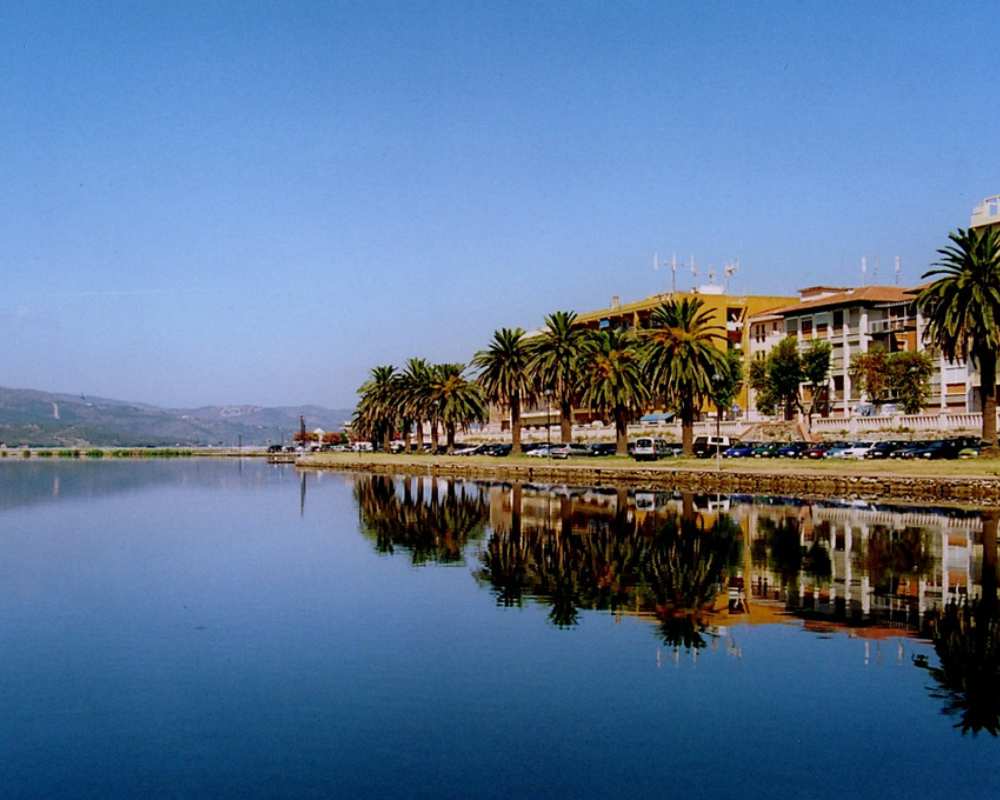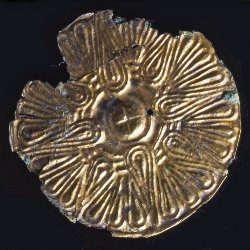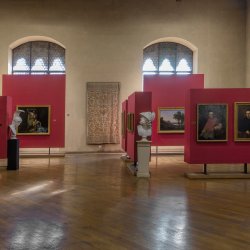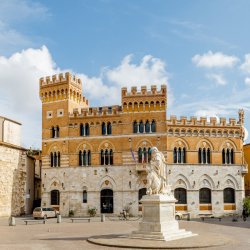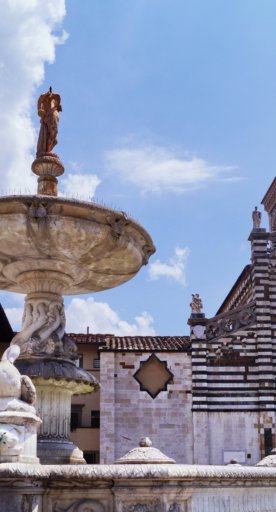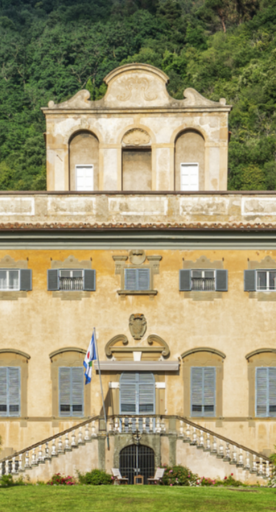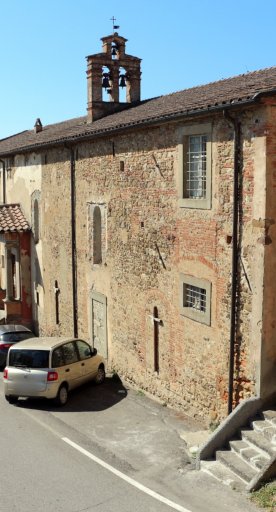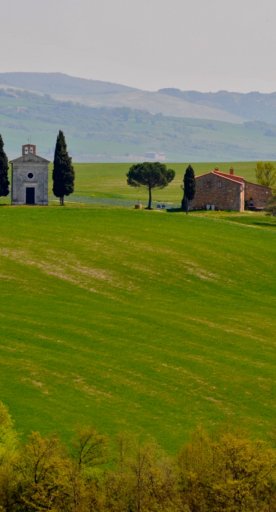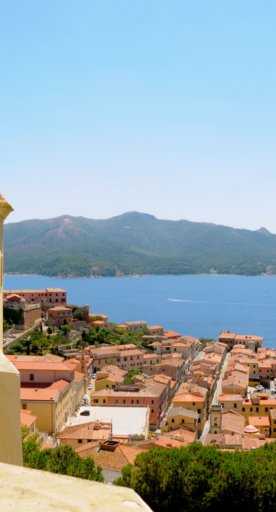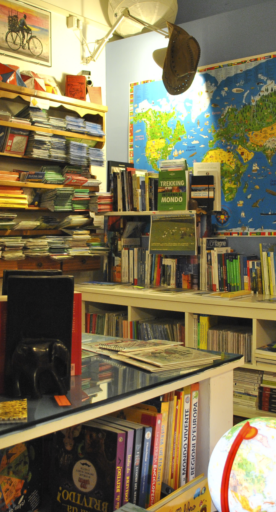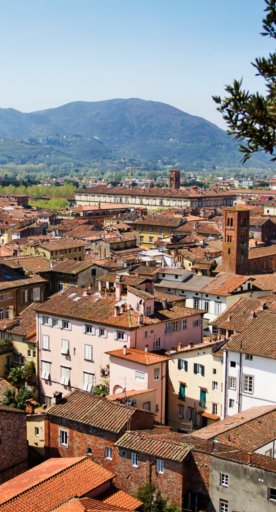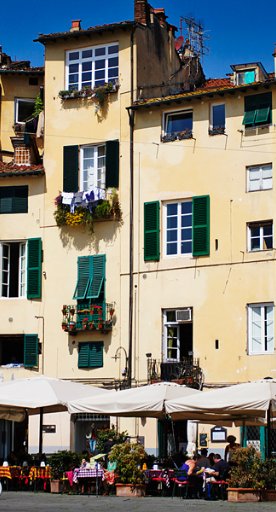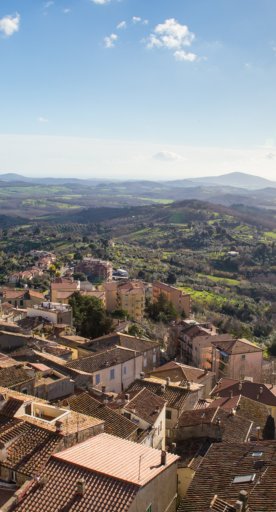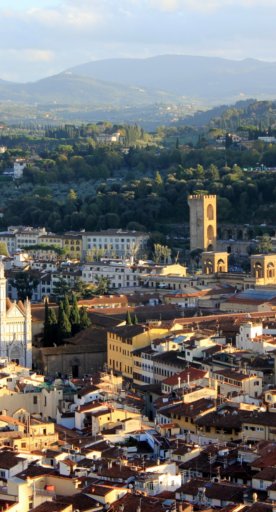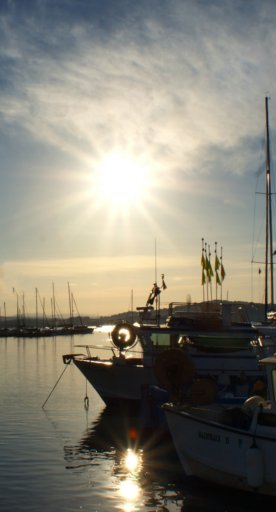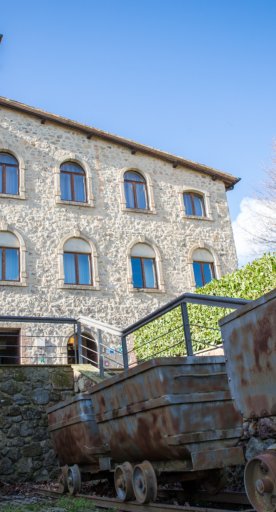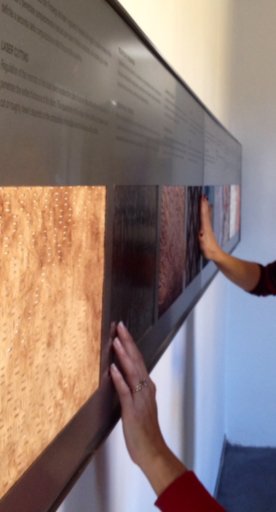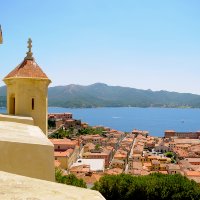Top 5 seaside towns in Tuscany
They are worth a visit all year round, don't you think?
In mid-September in Italy, the children start school again and most of the tourists are off home. For a moment, it seems like these cities are empty, but the truth is that, without the crowds, they take on new contours and offer visitors their more authentic face. If you cannot stay away from the sea at any time of the year, you've come to the right place. Here is a top 5 seaside towns in Tuscany that are equally delightful all year round. Even though their resorts are best known for beaches and their summer energy, these seaside towns know how to charm you whenever. These are the places where you can discover the charm of Tuscany in the off-season.
-
1.Viareggio
-
2.Livorno
-
3.Portoferraio
-
4.Castiglione della Pescaia
-
5.Orbetello
Viareggio
Viareggio, situated in northern Tuscany, is more than just a beach town, and it’s lively all year round. It boasts one of the biggest carnivals in Italy and countless events for all tastes. The famous Viareggio Carnival dates to 1873; its papier-mâché floats parade along the promenade in the weeks before Easter. During this period, the city is abuzz and local residents decorate their streets and houses for Carnival, making the city even more colourful. When it’s not time to go to the sea and the beach resorts close their doors, Viareggio offers its greatest beauty with a wonderful 3km promenade along the sea.
This promenade, known as passeggiata, boasts buildings that are Art Nouveau masterpieces. They brighten up Viale Margherita, officially opened in 1902: hotels, beach resort, cafés, restaurants and shops. If you walk along the seaside promenade from the Burlamacca canel toward Piazza Mazzini, you’ll see, among others, buildings such as the Savoy Cinema, dating to 1925, the emporium Duilio 48, one of the most important Liberty buildings and the Gran Caffè Margherita, the symbol of the town, result of an active collaboration between the architect Alfredo Belluomini and the ceramist-painter Galileo Chini. At the beginning of the promenade there is a stretch of land called the molo (pier), where you can enjoy the view of the Marina, the lighthouse and the boats anchored in the harbour. The oldest building in Viareggio is the Torre Matilde, which dates back to the first half of the 16th century. It was a defensive fortification to fight the constant menace of pirate invasions against the Republic of Lucca and its only gate to the sea.

Livorno
Livorno is the most important port city in Tuscany, and this has always given the city the characteristic of being lively and multicultural. The Livorno inhabitants like to take dips in the sea on sunny days, but when the weather is cold, there are plenty of things to do as well. For example, you can visit the aquarium or do some shopping at the American market. You can also rent a bike, a Segway or some roller-skates, and cover the distance from the famous Terrazza Mascagni (the terrace with checkered pavement) to Antignano, all along the coast. You can visit the Old Fortress and the Venice neighbourhood, or maybe take a boat to get a different perspective of the town and then visit the Central Market, where you can buy fresh fish, fruit and vegetables.
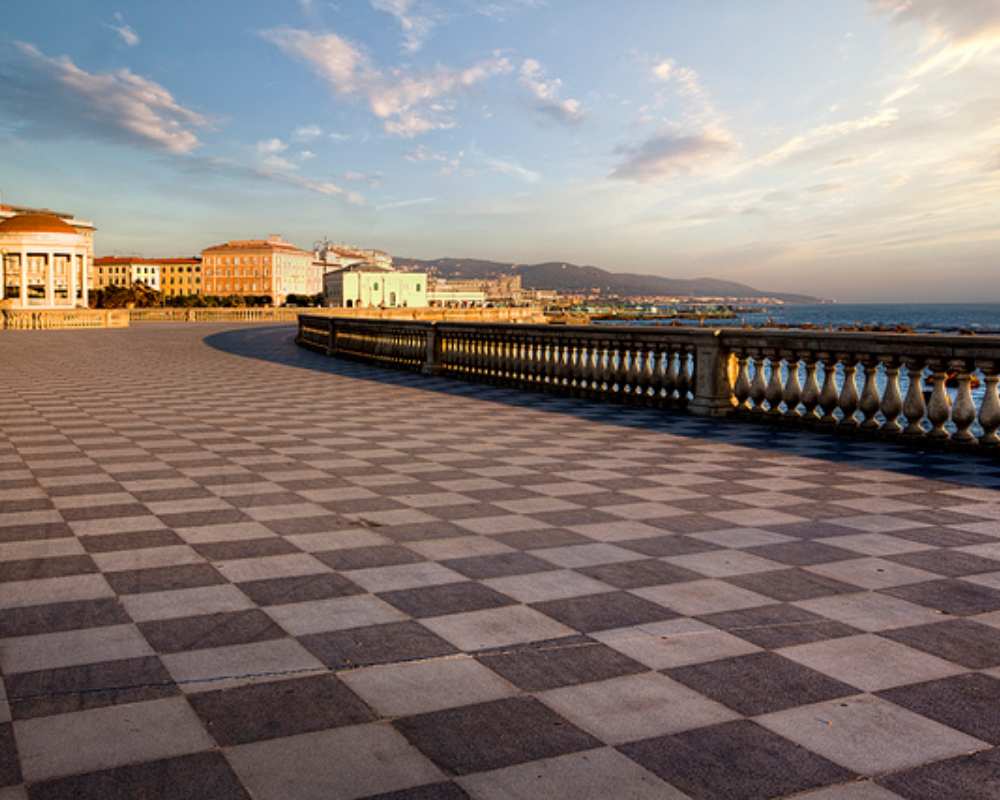
Portoferraio
Portoferraio is usually the first town you see when arriving on Elba Island, the harbour most reached by ferryboats. The chief town and main port of Elba Island is surrounded on three sides by the sea, and what’s on the mainland holds significant historical and artistic value. Cosimo I de' Medici, the Grand Duke of Tuscany, founded the town in 1548 and built three forts (Forte Stella, Forte Falcone and Forte Inglese) and a massive line of walls that can still be seen today in order to protect this town with provided with a very strategic position. In 1814, Napoleon Bonaparte was exiled there and the two villas that were his residence, San Martino and the Villa dei Mulini, are still present and accessible. It was thanks to the reign of the French emperor that the infrastructure and the exploitation of the iron mines of Rio Marina developed in Portoferraio. I suggest you to take a stroll around the streets that surround the harbour and climb up the hill to reach the forts and the defensive walls. You can also visit the archaeological civic museum and then have a glass of wine in one of the cafés. There are also many events taking place during the year.

Castiglione della Pescaia
Castiglione della Pescaia is located in southern Tuscany, in the Grosseto area called Maremma. The town is an ancient fishing village and today a lively place where you can taste the real Tuscan way of living. The lower town consists mostly of rocky and sandy beaches, but also of many cafés, restaurants and "gelaterie".
You can also reach the pier on foot and take a romantic picture at sunset. The upper town is built on a hill facing the sea. You can take a stairway from the lower town and reach the city walls that still preserve the three entrance gates called San Giovanni, Madonna del Giglio and del Castello Gates. There is also a castle, whose original building dates to the tenth century.

Orbetello
Orbetello is located in the province of Grosseto, in the middle of the lagoon of the same name and it is linked to Monte Argentario by a road built on an artificial embankment, which divided the lagoon into two parts, “Laguna di Levante” and “Laguna di Ponente”, known respectively as Tombolo della Feniglia and Tombolo della Giannella, offering visitors many kilometres of charming beaches. Orbetello is known for its lagoon and for the variety of species of animals (especially birds and also the pink flamingos) and plants, but there are also many things to see. You can walk along the Corso as far as Piazza del Plebiscito, home to the town hall, and continue until you reach Piazza Garibaldi, with the Spanish Governor's Palace (XVII century). There is also the little church of Santa Maria delle Grazie in Piazza IV Novembre, where you can admire a fifth-century fresco of the Sienese school. There are also fragments of Etruscan walls and a beautiful Cathedral, renovated in 1375. A final tip: to enjoy an amazing view of Orbetello, reach the Passionist monastery, which is located on the Argentario at an altitude of 273 meters.
